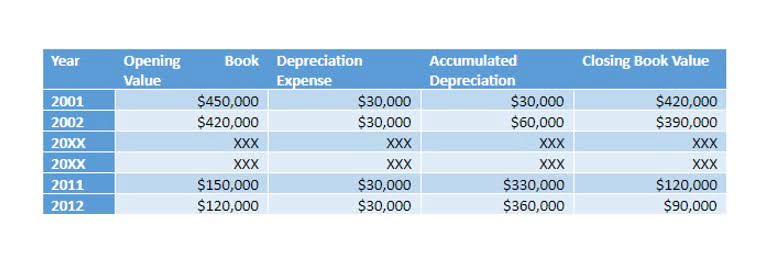
The term present value formula refers to the application of the time value of money that discounts the future cash flow to arrive at its present-day value. By using the present value formula, we can derive the value of money that can be used in the future. The positive NPV of $3,310,403 signals that the investment is expected to generate a return above the required 8% discount rate. This case demonstrates how the Present Value Factor is a foundational concept in real estate investment analysis. Present value (PV) is the current value of an expected future stream of present value factor formula cash flow. It is based on the concept of the time value of money, which states that a dollar today is worth more than it is tomorrow.
Loan Calculators
- Excel is a powerful tool that can be used to calculate a variety of formulas for investments and other reasons, saving investors a lot of time and helping them make wise investment choices.
- The discount factor table below provides both the mathematical formulas and the Excel functions used to convert between present value (P), future worth (F), uniform gradient amount (G), and uniform series or annuity amount (A).
- An annuity factor is a multiplier that is used to calculate the total amount of money that will be paid out over time under the terms of an annuity contract.
- She holds a Bachelor of Science in Finance degree from Bridgewater State University and helps develop content strategies.
- If, let’s say, the $1,000 earns 5% a year, compounded annually, it will be worth about $1,276 in five years.
Because of the time value of money—the concept that any given sum is worth more now than it will be in the future because it can be invested in the meantime—the first $1,000 payment is worth more than the second, and so on. If we assume a discount rate of 6.5%, the discounted FCFs can be calculated using the “PV” Excel function. Moreover, the size of the discount applied is contingent on the opportunity cost of capital (i.e. comparison to other investments with similar risk/return profiles). Let us take an example where the discount factor is to be calculated from year 1 to year 5 with a discount rate of 10%. For the PV formula in Excel, if the interest rate and payment amount are based on different periods, then adjustments must be made. A popular change that’s needed to make the PV formula in Excel work is changing the annual interest rate to a period rate.

The Present Value (PV) Calculation

To put it another way, the present value of receiving $100 one year from now is less than $100. For example, you could CARES Act estimate a property’s value based on the Present Value of rental income and other cash flows from it, and you could determine a bond’s price based on its future cash flows and the appropriate Discount Rate. Assuming that the discount rate is 5.0% – the expected rate of return on comparable investments – the $10,000 in five years would be worth $7,835 today.

PV Factors and Present Value Calculation for Each Cash Flow
- The positive NPV of $3,310,403 signals that the investment is expected to generate a return above the required 8% discount rate.
- The 0.91 is subsequently multiplied by the cash flow of $100 to get $91 as the PV of the 1st year cash flow.
- Present Value Interest Factor (PVIF) is an essential concept in finance that helps us understand the current value of future cash flows.
- The core premise of the present value factor (PVF) is based upon the time value of money (TVM) concept, a core principle in corporate finance that sets the foundation for performing a cash flow analysis.
- This concept of Present Value is critical in valuation because it determines what assets and companies are worth.
Thus, the $10,000 cash flow in two years is worth $7,972 on the present date, with the downward Record Keeping for Small Business adjustment attributable to the time value of money (TVM) concept. Using those assumptions, we arrive at a PV of $7,972 for the $10,000 future cash flow in two years. Suppose we are calculating the present value (PV) of a future cash flow (FV) of $10,000. All future receipts of cash (and payments) are adjusted by a discount rate, with the post-reduction amount representing the present value (PV). The core premise of the present value theory is based on the time value of money (TVM), which states that a dollar today is worth more than a dollar received in the future. The time value of money (TVM) principle, which states that a dollar received today is worth more than a dollar received on a future date.

What is the Formula to Calculate the Present Value?
Using a discount factor allows you to specify exactly how many days are in each period. You can do this by using specific dates in each time period and taking the difference between them. Calculating the present value interest factor of an annuity provides a useful way to determine if a lump-sum payment now is a better option than future annuity payments. A PVIF can only be calculated for an annuity payment if the payment is for a predetermined amount and a predetermined period of time. Present value is important because it allows investors and businesses to judge whether some future outcome will be worth making the investment today. It is also important in choosing among potential investments, especially if they are expected to pay off at different times in the future.